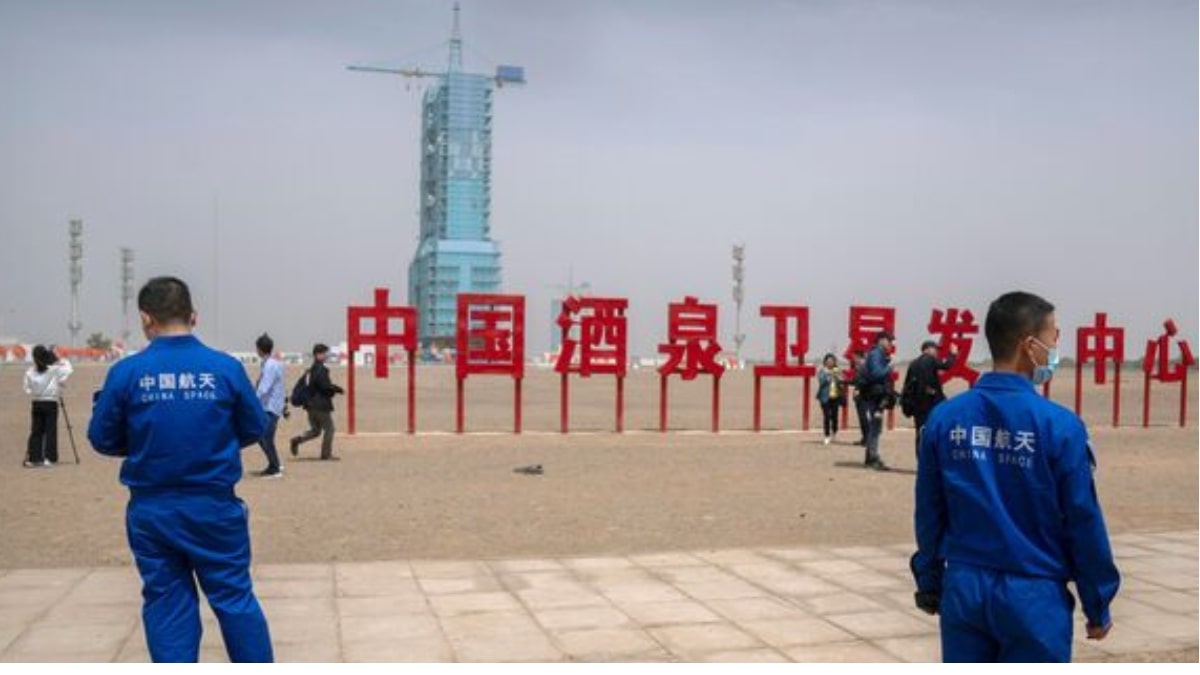According to a seasoned Chinese astronaut, China’s next-generation crewed spacecraft may launch for the first time between 2027 and 2028. It is capable of carrying up to seven astronauts.
Yang Liwei, a former fighter pilot, made the first historic mission in 2003 onboard the Shenzhou-5 spacecraft, marking the start of China’s manned space exploration programme. He was launched into orbit in a little bronze capsule. His voyage made him the first man in space from China, and millions of people celebrated him as a national hero.
“In the future, a new generation of spacecraft will be used on crewed lunar missions, to build our space station, and for deep-space exploration,” Yang, currently deputy chief designer of China’s manned spaceflight project said at a Chinese university on 17 July, stated state-run Guangzhou Daily.
Yang claimed that recent testing on the forthcoming spacecraft’s return capsule have been “very successful,” clearing the way for its first flights, which are anticipated to take place between 2027 and 2028.
2020 saw the first test flight of the next-generation spacecraft, which was a significant turning point in China’s aspirations to explore space. With China’s space station operating successfully last year, the lofty goal of sending astronauts to the moon by 2030 has received new attention. According to Reuters, engineers are actively working to refine the idea and have revealed intricate specifics including the carrier rockets to be used and the spacecraft’s structure for carrying astronauts and supplies.
Based on the Russian Soyuz, China’s Shenzhou spacecraft can carry up to three people to low-Earth orbit. An in-orbit module for temporary human residence, a re-entry capsule for their return to Earth, and a life-support and propulsion module make up this spacecraft.


